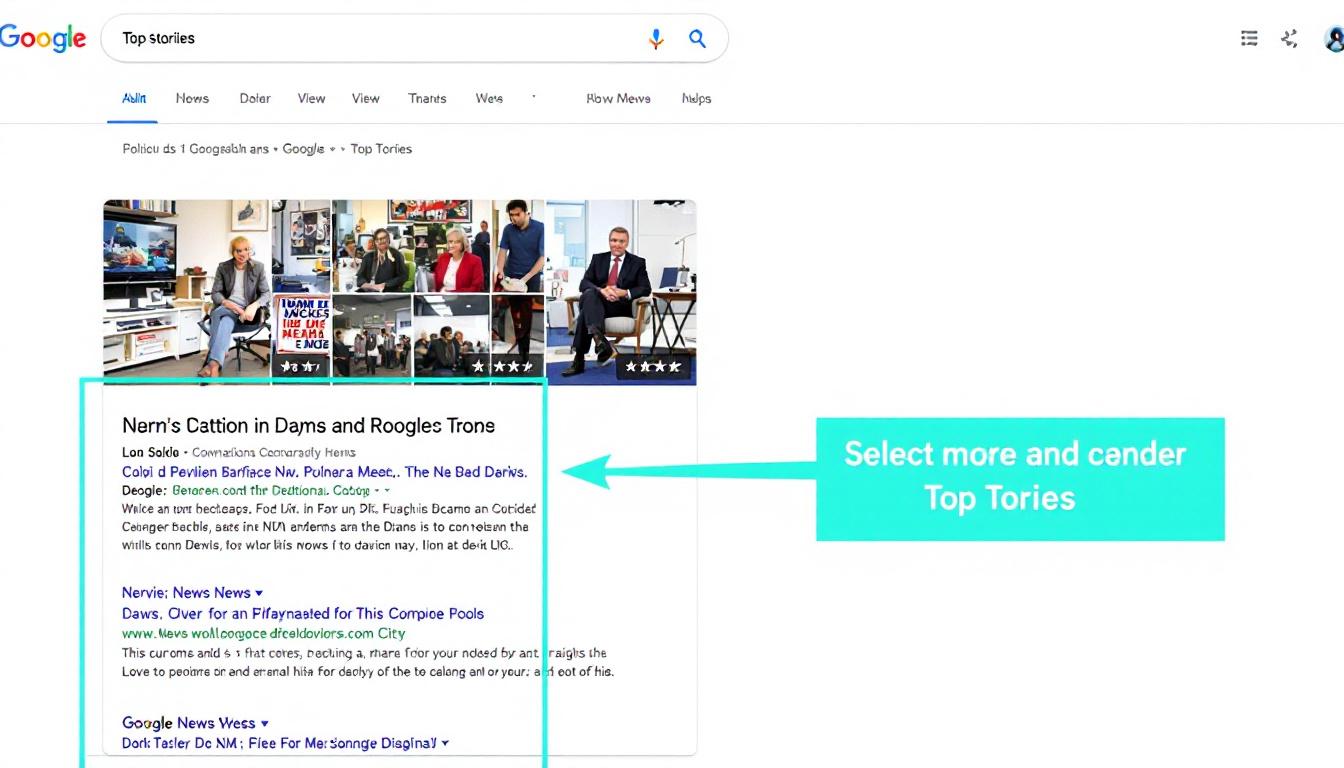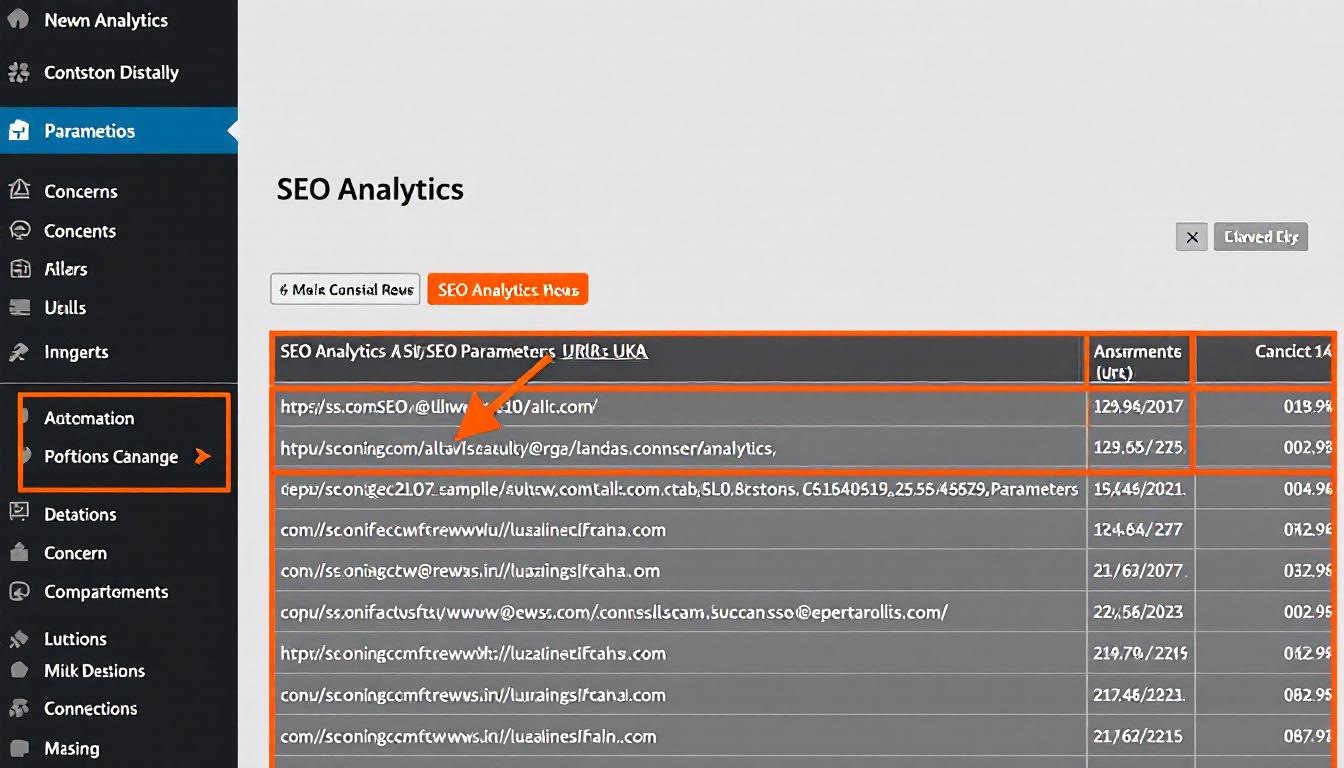A recent examination has revealed a significant challenge for websites that rely on JavaScript to manage their structured data.
Udemy
Whether you're just starting out or want to keep up on the latest SEO techniques, Udemy can help be the SEO Expert in no time.
Typically formatted in JSON-LD, this data may be invisible to AI-powered crawlers if it isn’t present in the initial HTML response, potentially affecting the site’s performance in AI-driven search results.
Insights into JSON-LD and AI Crawlers
Elie Berreby, founder of SEM King, explored the implications of adding JSON-LD via Google Tag Manager without server-side rendering, uncovering why this approach often goes unnoticed by AI crawlers.
The Delivery Process of Structured Data
Berreby’s investigation outlines the sequence that leads to AI crawlers missing crucial JSON-LD data.
-
Initial HTML Response: When a crawler accesses a webpage, it receives the first HTML version from the server. If structured data is appended using JavaScript, it won’t appear in this initial load.
-
JavaScript Execution on the Client Side: JavaScript operates within the user’s browser, modifying the Document Object Model (DOM) and allowing tools like GTM to inject JSON-LD into the DOM.
-
Limitations of AI Crawlers: Crawlers such as GPTBot, ClaudeBot, and PerplexityBot that do not execute JavaScript cannot detect these dynamic additions to the DOM, resulting in missed JSON-LD data.
Thus, structured data that relies solely on client-side JavaScript remains hidden from most AI-driven crawlers.
Comparing Traditional and AI Search Crawlers
While traditional search engines have evolved to process JavaScript-rendered content, AI-powered crawlers still face limitations in this area.
Conventional search crawlers like Googlebot can interpret JavaScript and recognize changes made to a webpage after it loads, including JSON-LD data injected via tools like Google Tag Manager.
In contrast, many AI crawlers are restricted to analyzing the raw HTML provided by the server, missing out on any content added dynamically through JavaScript.
Google’s Perspective on JavaScript Usage
This issue aligns with a broader caution from Google regarding the excessive use of JavaScript in web development.
Balancing JavaScript and SEO Needs
In a recent podcast, Google’s Search Relations team emphasized the need to find a balance in JavaScript usage to maintain essential SEO elements.
Martin Splitt, Google’s Search Developer Advocate, highlighted the diversity of websites, from simple pages to complex applications, and stressed the importance of making key content available in the initial HTML response.
John Mueller, another Google Search Advocate, concurred, noting that developers often opt for JavaScript when more straightforward solutions like static HTML would better serve their SEO objectives.
Overreliance on JavaScript can undermine critical SEO components, such as structured data, making it imperative to integrate essential elements directly into the server-rendered HTML.
Recommended Strategies for Structured Data Accessibility
To ensure that structured data is visible to all types of crawlers, developers and SEO experts should adopt alternative methods.
Implement Server-Side Rendering
Rendering pages on the server embeds structured data within the initial HTML response.
By utilizing server-side rendering, structured data is included directly in the HTML sent to the crawler, ensuring it is readily accessible without the need for JavaScript execution.
Utilize Static HTML for Schema Markup
Embedding schema markup directly in the HTML reduces dependence on JavaScript for data delivery.
Incorporating JSON-LD or other schema types directly into the static HTML ensures that all crawlers, regardless of their ability to process JavaScript, can access and interpret the structured data.
Adopt Prerendering Techniques
Pre-rendering generates fully rendered HTML pages that can be served to crawlers.
By providing prerendered pages where JavaScript has already been executed, websites offer complete HTML content to crawlers, facilitating better recognition of structured data.
These methods support Google’s recommendation to prioritize an HTML-first approach, ensuring that vital content like structured data is present in the server’s initial response.
The Significance of Accessible Structured Data
As AI-driven search continues to gain traction, the ability of crawlers to access structured data becomes increasingly important.
AI crawlers operate under different parameters compared to traditional search engines, adhering to distinct rules that can impact how websites are indexed and ranked.
Sites that depend on client-side JavaScript solutions like GTM for structured data risk losing visibility in AI-enhanced search results.
Switching to server-side or static HTML methodologies can help ensure that your site remains competitive and visible in both traditional and AI-powered search environments.
The Bottom Line
AI crawlers play an expanding role in the search ecosystem, following unique protocols that differ from traditional search engines.
Websites that rely on client-side JavaScript for structured data risk missing out on opportunities in AI-driven search rankings.
By adopting server-side rendering, static HTML, or prerendering techniques, you can maintain your site’s visibility and performance across both conventional and AI-powered search platforms.







